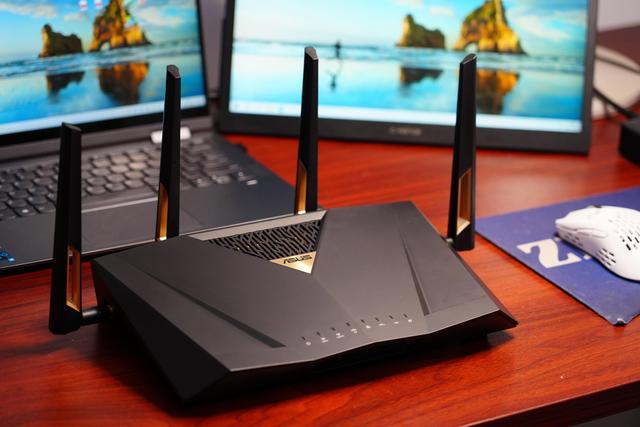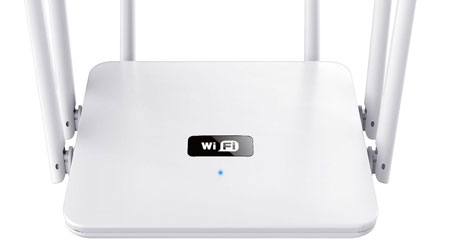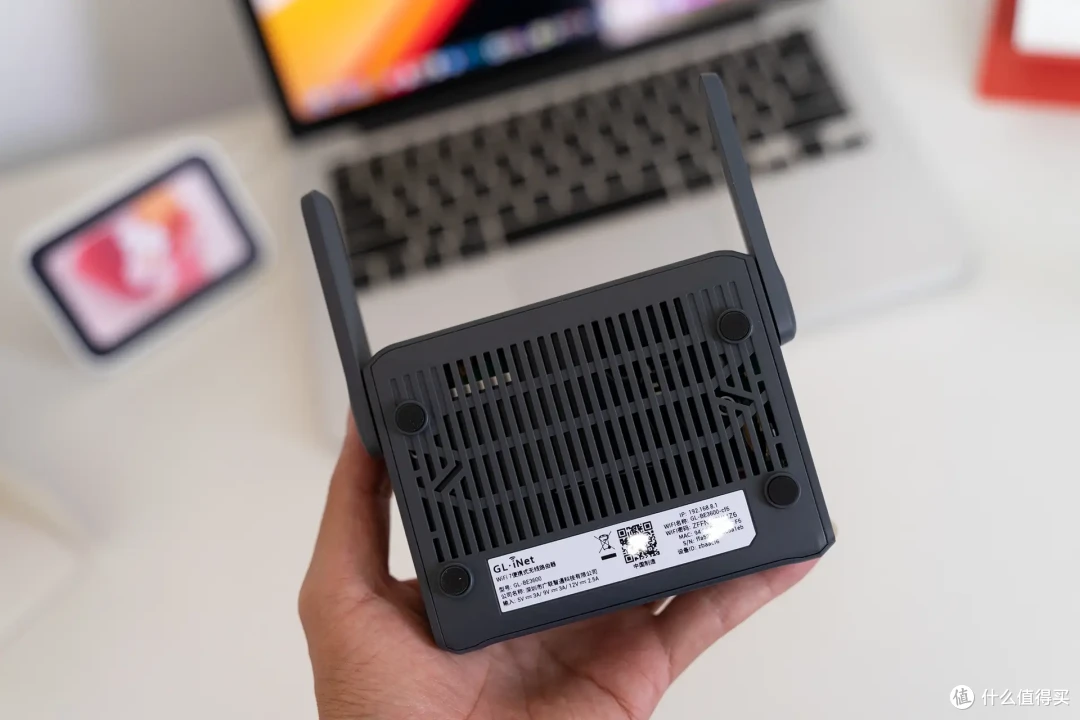win10如何关闭防火墙英文版(win10关防火墙设置)
 237人看过
237人看过

Closing the firewall in Windows 10 English version involves multiple approaches, each with distinct technical requirements and potential risks. This operation is critical for scenarios requiring unrestricted network access, such as troubleshooting network issues, enabling specific applications, or configuring advanced network setups. However, disabling the firewall exposes the system to security vulnerabilities, including unfiltered inbound/outbound traffic, increased risk of malware, and potential exploitation of open ports. Microsoft recommends maintaining firewall protection while using whitelisting rules instead of complete disablement. The following analysis covers eight methodologies, contrasting their usability, system impact, and compatibility across Windows 10 editions.

1. Control Panel Method
The traditional approach via the Windows Firewall settings in Control Panel allows users to manage firewall states for both private and public networks. This method is accessible through the "System and Security" section but requires manual navigation through nested menus.
| Parameter | Control Panel Method |
|---|---|
| Access Path | Settings → Update & Security → Windows Security → Firewall & network protection |
| Edition Limitations | Available on all Windows 10 editions |
| Permissions Required | Administrator privileges |
| Network Scope | Per-network configuration (domain/private/public) |
This method provides granular control but lacks automation capabilities. Users must manually toggle the firewall state for each network type, increasing complexity in enterprise environments.
2. Command Prompt (netsh)
Using the netsh advfirewall command enables batch processing and script integration. This method is ideal for advanced users who require programmatic control or need to automate firewall configurations.
| Parameter | Command Prompt Method |
|---|---|
| Basic Command | netsh advfirewall set int InterfaceName new state disable |
| Script Compatibility | Batch files and PowerShell scripts |
| Error Handling | Requires manual code validation |
| Ui Feedback | No visual confirmation without additional commands |
While powerful, this approach demands precise syntax and network interface naming conventions. Incorrect commands may produce silent failures, leaving systems improperly configured.
3. PowerShell Advanced Configuration
PowerShell provides a modern alternative with cmdlet-based control, supporting both interactive execution and scheduled tasks. The Get-NetFirewallProfile and Set-NetFirewallProfile cmdlets offer detailed status management.
| Parameter | PowerShell Method |
|---|---|
| Core Cmdlet | Set-NetFirewallProfile -Profile Domain -Enabled False |
| Object-Oriented | Supports pipeline operations |
| Scheduling | Integrates with Task Scheduler |
| Validation | Get-NetFirewallRule | FL |
This method excels in enterprise deployments but requires familiarity with PowerShell syntax. Network administrators can combine it with WMI filters for targeted configurations.
4. Group Policy Editor (GPEdit)
Available exclusively on Windows 10 Pro/Enterprise/Education editions, Group Policy provides centralized firewall management. Navigate to Computer Configuration → Windows Settings → Security Settings → Windows Defender Firewall with Advanced Security.
| Parameter | Group Policy Method |
|---|---|
| Edition Restriction | Pro/Enterprise/Education only |
| Configuration Scope | Domain/OU-level policies |
| User Context | Requires Computer Configuration node |
| Audit Capabilities | Event logging integration |
While highly effective for large deployments, this method's unavailability in Home edition limits its accessibility. Policy propagation delays may also affect real-time configuration changes.
5. Registry Editor Modification
Direct registry editing at HKEY_LOCAL_MACHINESYSTEMCurrentControlSetServicesSharedAccessParametersFirewallPolicyStandardProfile allows low-level configuration. Keys like EnableFirewall control the default state when set to 0.
| Parameter | Registry Method |
|---|---|
| Registry Path | HKLMSYSTEM...StandardProfile |
| Value Name | EnableFirewall |
| Data Type | DWORD (32-bit) |
| Reboot Requirement | Immediate effect without reboot |
This approach carries significant risk of system instability if incorrect keys are modified. Undocumented dependencies may cause unexpected behavior, making it suitable only for advanced troubleshooting.
6. Services Management Console
Stopping the "Windows Defender Firewall" service via services.msc provides temporary disablement. Right-clicking the service allows stopping/pausing, though this doesn't prevent automatic restarts on system boot.
| Parameter | Services Console Method |
|---|---|
| Service Name | MpsSvc (Base Filtering Engine) |
| Startup Type | Automatic (default) |
| Persistence | Non-persistent across reboots |
| Dependency Impact | May disrupt dependent services |
This method offers rapid temporary disablement but lacks persistence. It's useful for immediate troubleshooting but requires repeated actions for ongoing needs.
7. Third-Party Tool Integration
Software like GlassWire or Little Snitch provides enhanced firewall management. These tools often include features to temporarily disable native firewalls while maintaining monitoring capabilities.
| Parameter | Third-Party Tools |
|---|---|
| Functionality | Advanced rule sets, alerts, analytics |
| Compatibility | Variable (require testing) |
| Security Tradeoffs | Potential for conflicting rules |
| Licensing Costs | Free/Paid tiers available |
While offering enhanced functionality, these solutions introduce compatibility challenges and potential performance overhead. They should be used judiciously alongside native protections.
8. Risk Mitigation Strategies
Completely disabling the firewall necessitates implementing compensatory measures. Recommendations include:
- Configuring exception rules instead of full disablement
- Deploying network monitoring tools for suspicious activity alerts
- Enforcing application whitelisting policies
- Maintaining regular antivirus scans
- Using VPN services for encrypted connections
Organizations should establish formal risk assessment protocols before modifying firewall settings. Temporary disablements should always be paired with strict time-bound recovery procedures.
In conclusion, while Windows 10 provides multiple pathways to disable its firewall, each method carries unique technical requirements and security implications. The Control Panel approach remains the safest for general users, whereas PowerShell and Group Policy cater to enterprise needs. Regardless of the chosen method, prioritizing security alternatives and maintaining vigilant monitoring practices is imperative. Particularly in professional environments, firewall modifications should align with organizational security policies and undergo rigorous change management processes. Ultimately, the decision to disable the firewall should balance operational necessity against potential exposure to cyber threats, always favoring least-privilege principles and layered defense strategies.
 253人看过
253人看过
 358人看过
358人看过
 369人看过
369人看过
 339人看过
339人看过
 81人看过
81人看过
 248人看过
248人看过






